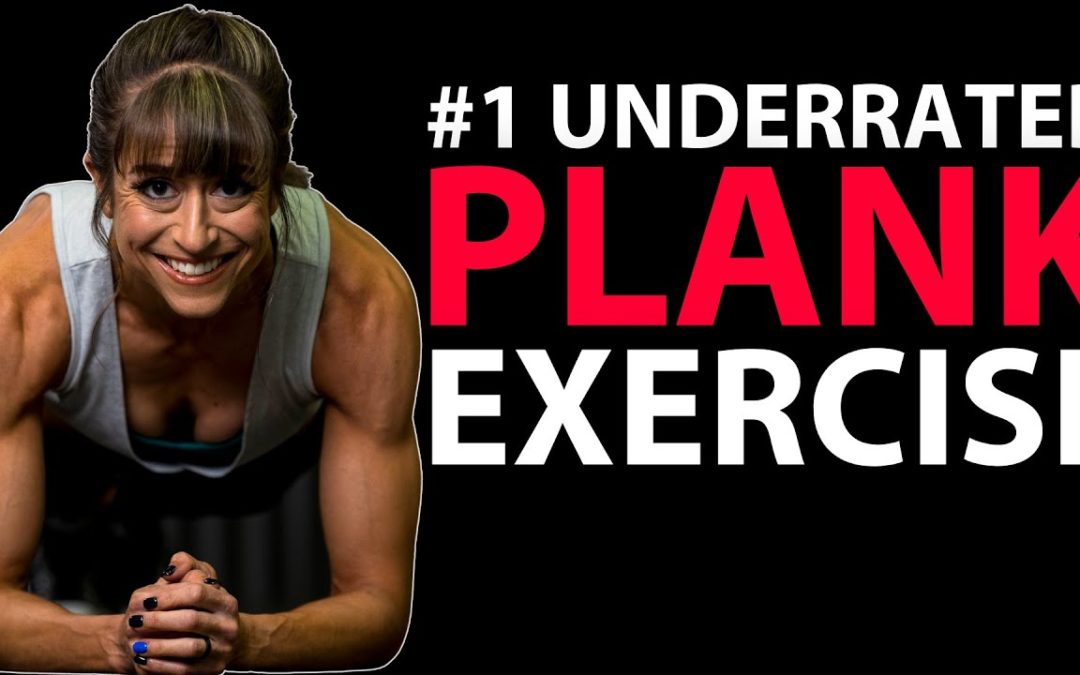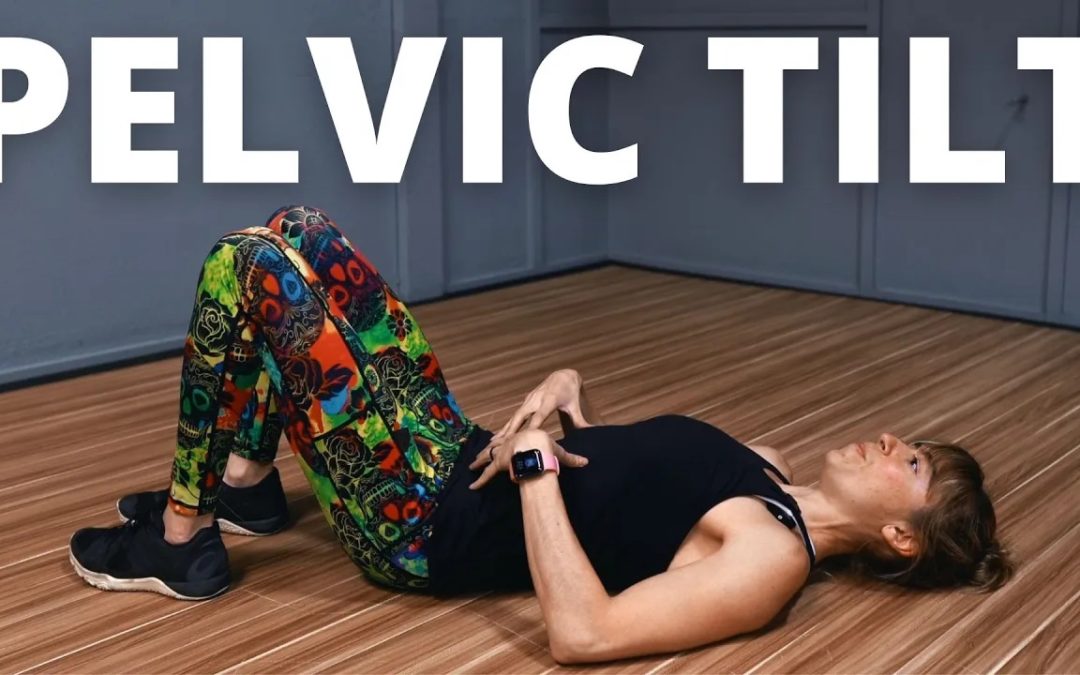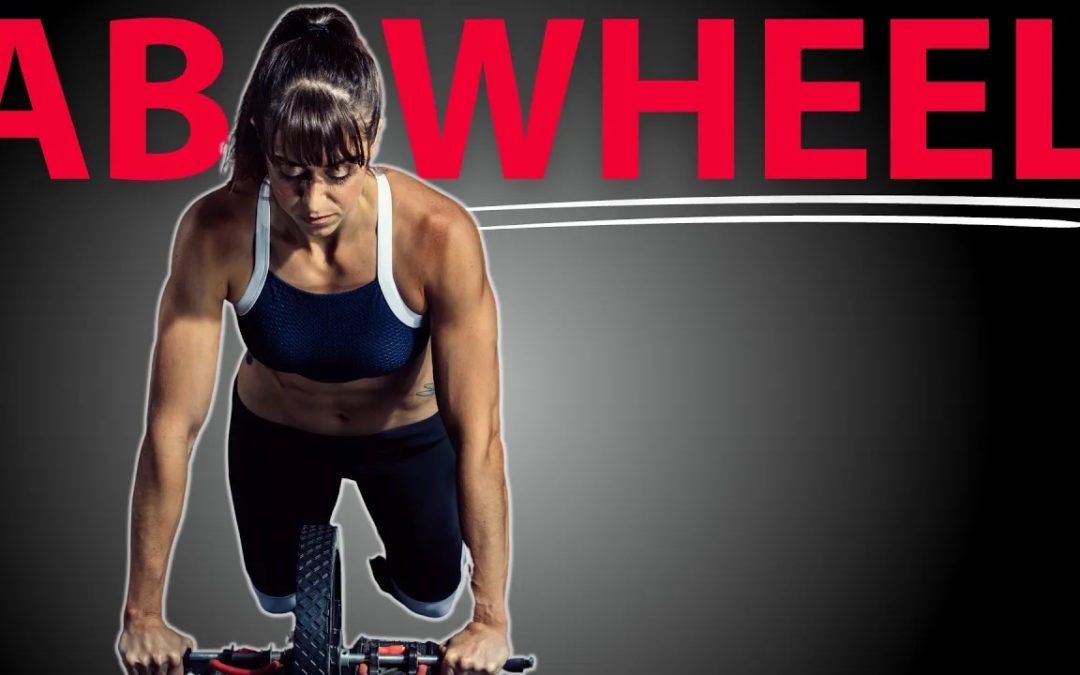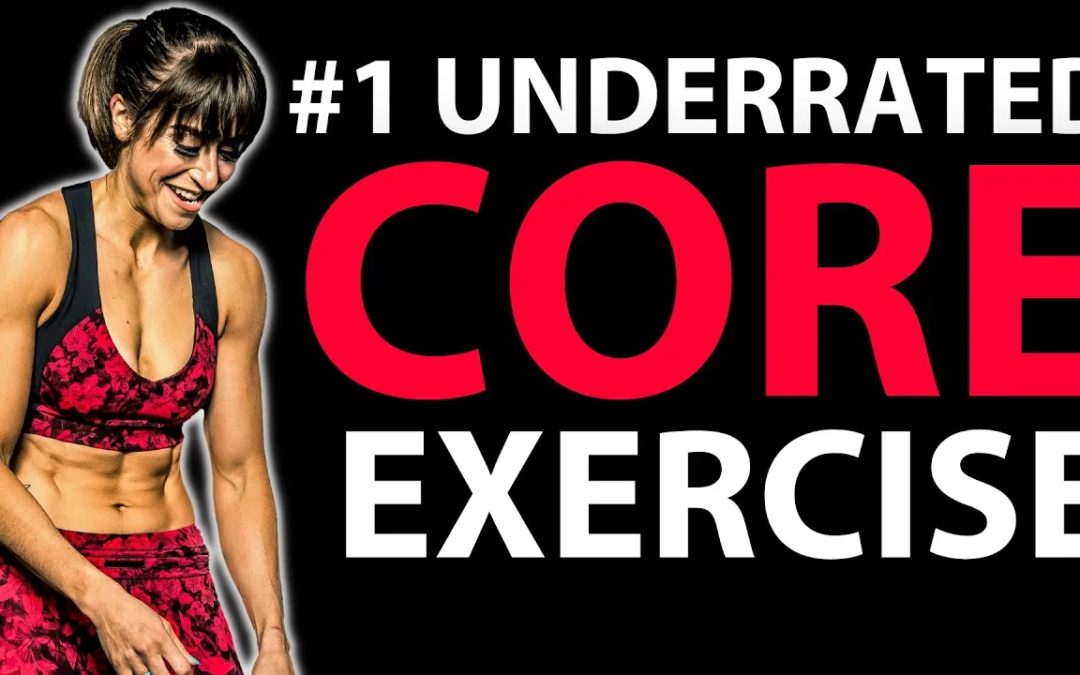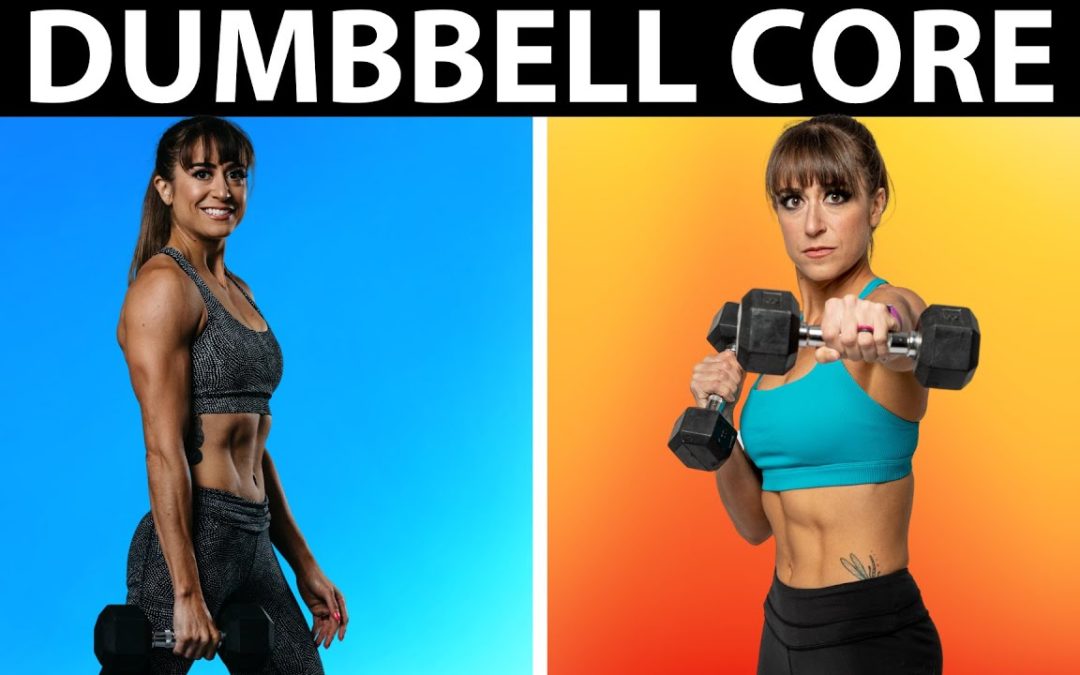
by Cori Lefkowith | Jul 2, 2023 | Blog, Core, Exercises, Functional Fitness, Pain Relief
The plank is an amazing core move and a fundamental we need to include. But holding longer only helps us build strength to a point. And just because a move is a must-do basic, doesn’t mean we can’t have fun using other variations especially to target specific muscles...

by Cori Lefkowith | May 7, 2023 | Blog, Core, Exercises, Functional Fitness, Pain Relief
The pelvic tilt… How can you use this amazing move and progress this exercise to build a stronger core? And why has this move received some hate in recent years? Let’s break down the pelvic tilt progression and when and how to use it! This exercise is a great way to...

by Cori Lefkowith | Mar 20, 2023 | Blog, Core, Exercises, Functional Fitness
Want to work on that six pack and build a strong core? Then you need to include Ab Extensions or the Ab Wheel Roll Out exercise in your workout routine. Now if you’re thinking, “I don’t have an ab wheel, byeeee, I’ll share some great variations to use this move...

by Cori Lefkowith | Dec 18, 2022 | Blog, Bodyweight, Core, Exercises, Functional Fitness
If you are looking for an amazing core exercise to work your abs, obliques, glutes, hamstrings, shoulders, adductors, serratus anterior and back, that requires no equipment so you can do it anywhere, then you’re going to love this video! In this video I’ll show you...

by Cori Lefkowith | Jul 31, 2022 | Blog, Core, Exercises
Looking to spice up your core training routine? Then these dumbbell core moves will help! Whether you want to target your abs, obliques or glutes, there is a move here to help. And these exercises will help you improve both your rotational and anti-rotational core...
